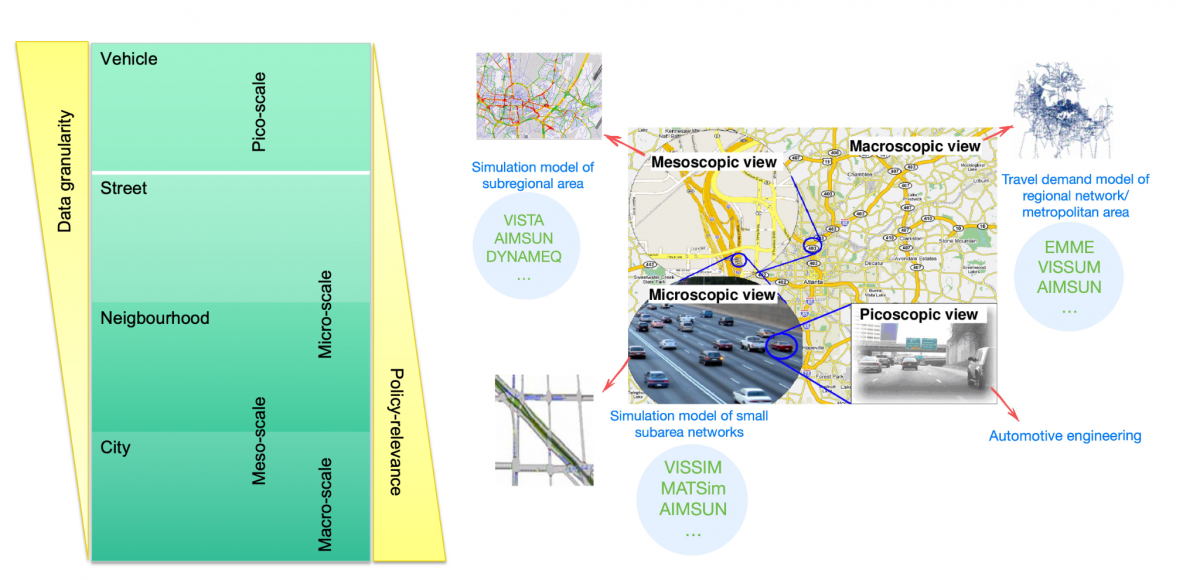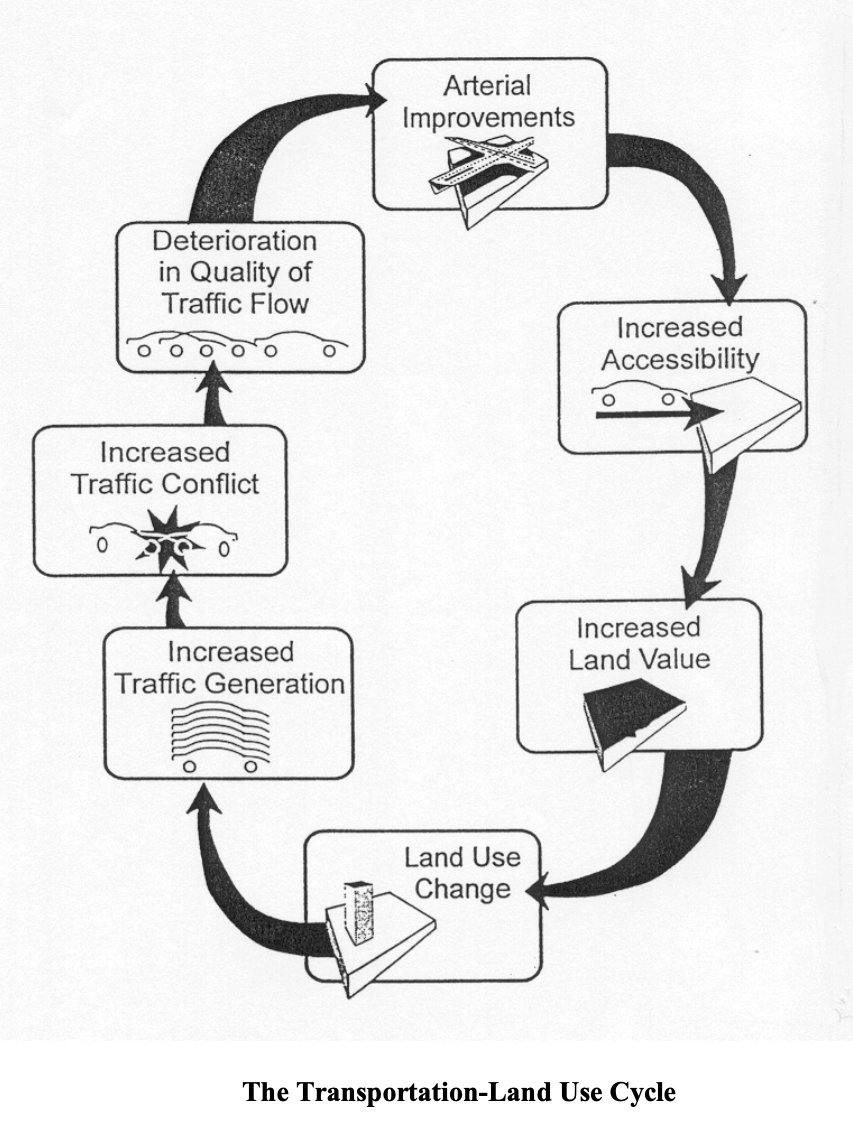An Overview of Transport Modelling Approaches – A Use Case Study of Helsinki
Transport planning plays a major role in defining the way public resources such as funds and spaces are used. This is also the case in Helsinki, Finland. Transport plans are mainly applied to understand the strategic capacity and consequences of high-level democratic decisions. In other words, they help to evaluate and predict the consequences of decisions made in the context of urban planning. Hence, it is important to consider the political and societal preferences of relevant stakeholders including citizens [1]. This also explains the urge for developing transparent, open-source, and simplified solutions in order to evoke citizen engagement and public participation [2]. Moreover, the advantage of transport planning models most probably lies in the fact that the scope of identified solutions by these models are inherently geographical and based on GIS-methods [3]. Geographic analysis and tools speed up the uptake of new technologies due to the power and potential to provide evidence for understanding the consequences of interventions in transport planning [4].
However, there can be different approaches to analyse characteristics of a transport network in terms of the geographic scales [5], the scope and complexity of the research techniques, i.e. Analysis, Modelling, and Simulation (AMS) [6], and the purpose of policy making processes [7]. In short, larger geographic scales are suitable to evaluate the decisions with higher policy relevance and less data granularity while it is reasonable to opt for micro-scale analysis when dealing with ad-hoc interventions in a specific area of the city. The latter, on the other hand, becomes more demanding in terms of obtaining detailed and comprehensive data.

The statistical mathematical models in the field of transport modelling are usually referred to as travel demand models when considered on a macro-level. These models have Four Step Transport Model (FSM) as the basis although they have evolved to more advanced levels to encompass the intelligence of models’ agents [8]. The techniques used by the Helsinki Region Transport (HSL) to build the travel demand model of Helsinki Metropolitan Area are articulated via the “HELMET”-model built upon the proprietary tool EMME [9]. The main strengths of the model is that it follows an analytical approach to enable both strategic transport and land use planning for the city.
According to the SUMP [10] of Helsinki and on the basis of interviews performed with the City stakeholders in the context of the URBANITE project, the importance of interrelation between transport planning strategies as well as land use policies has noticeably come into focus. This can be further validated by the “transportation-land use cycle”, where Stover and Frank [11] suggested that development of transport and land use affect each other continuously in a cycle.
Bearing this in mind, two main use case scenarios were proposed in the context of Helsinki pilot to find out the outcomes of the following policies on the traffic flow:
- Intervention with the traffic network e.g., building a tunnel on West harbour’s junction to lead the main stream of heavy-duty vehicles caused mainly by the arrival of ferries
- Interventions with the land use in the area e.g. adding construction sites; as West harbour has been undergoing a lot of changes in shifting land usage from mere harbour activities to both harbour and residential purposes

The results of such analysis not only will help with understanding the causes of congestion and bottlenecks in West harbour, but also provide a tool for measuring the impacts of different policies on air quality and noise levels to reach sustainable mobility. Finally, the results will contribute to comprehending situational and statistical awareness which is one the main pillars of the city of Helsinki Smart Mobility Development Programme 2030 [12].
In conclusion, enabling real-time implementation and evaluation of different policies is fundamental in facilitating data-driven decision making. Although there are still a lot of challenges regarding available data sources either in terms of the availability of required physical infrastructure for gathering data or the quality and interoperability of the available data. In this sense, recognition of the valid data sources and on a higher level, the opening of data is a crucial step for the cities if they aim to realise evidence-based decision-making. The other challenge, as also mentioned earlier, depends on the ability to include the benefits of all stakeholders esp. citizens in the journey towards uptake of technological solutions. Here, the questions are: How much are the technological solutions ready to handle unstructured data or incorporate human expert knowledge into decision-making processes? On the other hand, do the cities already have the right means and strategies to include the interests of all relevant beneficiaries in policy making processes and moving towards participatory approaches? These are also topics of interest in the Helsinki use case which will be further analysed with the help of the URBANITE project.
For more information on the topic, please find the full paper at the following link.

